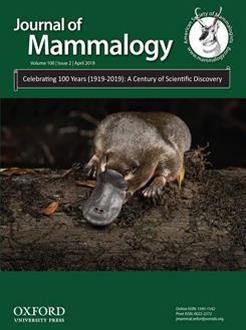A primary requirement of the mammalian skull is to exert forces on different foods and to resist the forces imposed on it during feeding. Skull shape patterns within and among mammals are generally well known, but the biomechanical relevance of this variation remains limited for some groups. By integrating geometric morphometric and biomechanical analyses, we test the hypothesis that skull shape in peccaries reflects biomechanical attributes to generate and dissipate powerful forces, presumably in response to tough foods. We obtained skull shape and size from 213 specimens of the three living peccary species and estimated bite force, bite stress at molars, bending and shear stress on the mandibular corpus, and condylar stress. We found larger estimated bite forces, greater resistance to bending loads, and lower stress emerging from the larger muscle attachment areas and shorter and deeper mandibular corpora for both Pecari tajacu and Tayassu pecari relative to Parachoerus wagneri. Peccaries (P. tajacu and T. pecari) with more powerful biomechanical attributes feed mainly on tougher foods (e.g., palm fruits). These results support the hypothesis that species eating tough foods tend to have a feeding morphology mechanically adapted to stronger bites and greater biting resistance, which must be closely reflected in their craniomandibular shape.
How to translate text using browser tools
13 July 2019
Skull shape and the demands of feeding: a biomechanical study of peccaries (Mammalia, Cetartiodactyla)
Carla D. Hendges,
Bruce D. Patterson,
Nilton C. Cáceres,
Germán M. Gasparini,
Callum F. Ross
ACCESS THE FULL ARTICLE

Journal of Mammalogy
Vol. 100 • No. 2
April 2019
Vol. 100 • No. 2
April 2019
Biomechanics
Chacoan peccary
collared peccary
functional morphology
geometric morphometrics
mandible
Tayassuidae




